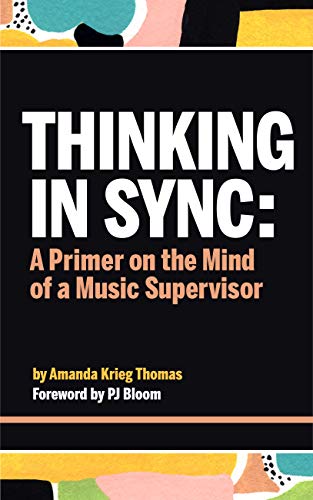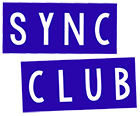Author Amanda Krieg Thomas offers a guided tour of sync licensing from the perspective of an established music supervisor. It is a painless read at just 121 pages, and it is well organized into bite-sized topics. The author makes no apologies that Thinking in Sync almost serves as a training manual to instruct song pitchers (songwriters, publishers, managers, music creators) to behave in a way that doesn’t waste the music supervisor’s time. And what’s wrong with that? We all want to work more efficiently and to make our jobs easier. I welcome it because knowing the buyer’s needs only makes me a better creator and a better salesperson.

Artists who enjoy thriving careers in sync might find the book to be rudimentary, but that is not the author’s intended audience. If you’re an independent music creator who has no idea what song clearance means or that songs have sides, and you’ve never heard of a PRO, Thinking in Sync can be your beginner’s field guide. Thomas is offering a glimpse of the entire licensing process to help the newbie better navigate the process.
With laser-focus, Thomas not only describes the anatomy of a deal and offers industry-specific jargon, but she also takes you into the weeds to demonstrate best opportunities for getting a placement, what makes for a good placement, and how to pitch and interact with music supervisors.
The e-Book format is especially useful since the author includes numerous resources in the form of links throughout the book. The Resources section offers some familiar, and some new, essential reading references to explore further.
We have all read music business books that are generalized and report on sync licensing, but they often have only a chapter, or sometimes a paragraph, dedicated to the subject. Thomas provides a very specific look at sync licensing. This primer could be useful to any music professional who is new to sync and looking to connect with music supervisors in a significant way.
